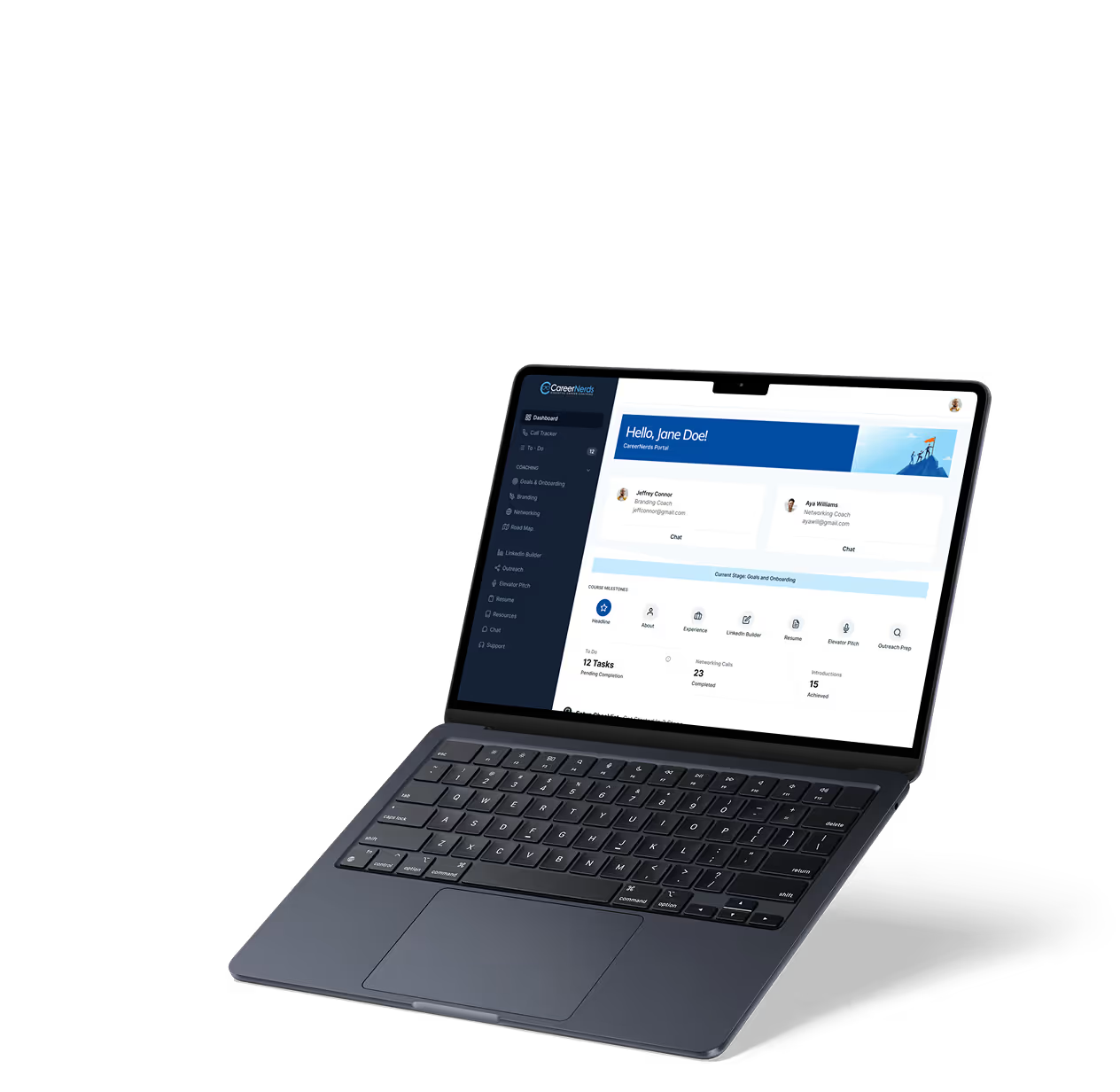Signup Form in No-code
No-code/low-code
Learn how to create effective signup forms using no-code tools for faster, user-friendly onboarding.
Introduction to Signup Forms in No-code
Creating a signup form is one of the first steps when building any app or website. With no-code tools, you don’t need to write code to design and launch these forms. You can quickly build forms that collect user information and connect them to your backend or databases.
If you want to speed up your project and make onboarding easy for your users, no-code signup forms are a great solution. They help you focus on user experience without worrying about technical details.
Why Use No-code Tools for Signup Forms?
No-code platforms let you create signup forms visually. This means you drag and drop fields, buttons, and design elements without coding. Here are some reasons to use no-code for signup forms:
- Speed: Build and launch forms in minutes, not days.
- Ease of use: No programming skills needed.
- Integration: Connect forms to databases, email marketing, or automation tools easily.
- Customization: Adjust design and fields to fit your brand and needs.
- Testing: Quickly test and update forms based on user feedback.
Popular no-code tools like Bubble, Glide, and Typeform offer built-in signup form features. You can also use automation platforms like Zapier or Make to connect your forms to other apps.
Key Elements of an Effective Signup Form
When building a signup form, focus on simplicity and clarity. Here are the key elements to include:
- Clear fields: Ask only for necessary information like name, email, and password.
- Labels and placeholders: Help users understand what to enter.
- Validation: Check inputs to avoid errors, like confirming email format.
- Call to action: Use a clear button label like "Sign Up" or "Create Account."
- Privacy notice: Inform users how their data will be used.
- Responsive design: Ensure the form works well on mobile and desktop.
Keeping the form short and user-friendly increases the chances users will complete it.
How to Build a Signup Form Using No-code Tools
Let’s look at a simple step-by-step process to create a signup form with no-code platforms:
- Choose your tool: Pick a no-code builder like Bubble, Glide, or Webflow.
- Create a new form: Use the form or input elements provided.
- Add fields: Include text inputs for name, email, and password.
- Set validation rules: For example, require email format and password length.
- Design the form: Customize colors, fonts, and layout to match your brand.
- Connect to backend: Link the form to a database or user authentication system.
- Test the form: Try signing up yourself to check for errors and usability.
- Publish: Embed the form on your site or app and start collecting users.
For example, in Bubble, you can drag input fields, add workflows to create a new user, and set conditions for validation without code. Glide lets you build signup screens connected to Google Sheets as a database.
Integrating Signup Forms with Automation and Databases
Once your signup form collects data, you often want to automate follow-up actions. No-code tools make this easy:
- Connect to databases: Store user info in Airtable, Google Sheets, or built-in databases.
- Send welcome emails: Use Zapier or Make to trigger email campaigns after signup.
- Update CRM: Automatically add new users to customer relationship management tools.
- Notify teams: Send Slack messages or SMS alerts when someone signs up.
This automation saves time and improves user engagement. For example, using Zapier, you can connect a Typeform signup to Mailchimp to add users to your newsletter list instantly.
Best Practices for Signup Forms in No-code
To get the most from your no-code signup forms, keep these tips in mind:
- Keep it simple: Only ask for essential info to reduce friction.
- Use social logins: Allow users to sign up with Google or Facebook for faster access.
- Test on devices: Make sure the form looks good on phones and tablets.
- Secure data: Use SSL and privacy policies to protect user info.
- Provide feedback: Show confirmation messages or emails after signup.
- Monitor analytics: Track form completion rates and optimize accordingly.
Following these practices helps create a smooth signup experience that encourages more users to join.
Conclusion
Signup forms are essential for user onboarding, and no-code tools make building them fast and easy. You don’t need coding skills to create forms that look professional and work well.
By focusing on simplicity, validation, and integration with automation, you can improve user experience and streamline your workflow. Whether you use Bubble, Glide, or Zapier, no-code signup forms help you launch your project faster and grow your user base effectively.
FAQs
What is a no-code signup form?
Which no-code tools are best for signup forms?
Can I add validation to no-code signup forms?
How do no-code signup forms connect to databases?
Are no-code signup forms secure?
Can I automate actions after a user signs up?
Related Terms
See our numbers
315+
entrepreneurs and businesses trust LowCode Agency
Investing in custom business software pays off
he team at LowCode Agency didn't just build an app, they transformed how we approach client management. They took the time to understand our methodology and created a solution that enhanced rather than replaced what made us successful.
75%
reduction in time spent on client management through automation
40%
increase in coach productivity within the first month

Tom Kent
,
Founder & CEO
Career Nerds



%20(Custom).avif)